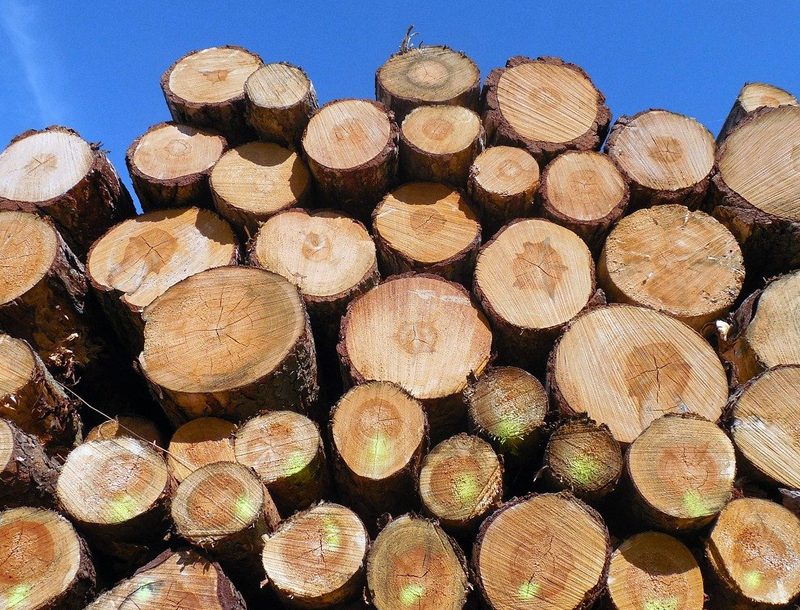Anthony Crosbie Dawson explains why increasing US imports of timber will benefit the UK’s timber producers - February 2021
Anthony Crosbie Dawson explains why increasing US imports of timber will benefit the UK’s timber producers - February 2021
As the world focuses on the post COVID-19 economic recovery, the construction and home-building industries are benefitting from renewed activity.
While that bodes well for global timber prices in 2021 and beyond, there are specific reasons to be positive about the outlook for domestic timber producers in the UK. In particular, surging demand for timber imports in the US is having a significant impact.
Recent data from Wood Resources International shows that US imports of overseas softwood lumber rose 39% during the first 10 months of 2020, compared to the same period in 2019.
Total US imports last year reached close to 4.7 million cubic metres, the highest level in 15 years.
A growing share of those imports came from Europe, with a more than 50% increase in shipments of timber from markets including Germany, Sweden and Austria to the US last year.
Crucially, these markets are also key suppliers of timber to the UK, which imports around 80% of its annual timber consumption – and that leaves domestic producers well-placed to raise their own prices.
The US’s dependence on overseas lumber looks likely to be sustained over the coming year, Wood Resources International’s research suggests.
It also expects European suppliers to continue to meet a growing share of that demand, with Canadian producers in British Columbia having been forced to reduce production volumes by more than a third over the past five years, due to decreases in the “annual allowable cut” permissible in the region.

For this reason, an increasing amount of the timber produced in Europe is likely to be diverted away from the UK during 2021 and beyond.
Accordingly, domestic timber producers have an opportunity to fill the gap, particularly as demand for timber in the UK steps up in line with increasing economic activity, and to charge a premium for their lumber.
If prices do appreciate as expected, UK producers are in a strong position to take advantage.
The long harvesting window of the Sitka spruce that grows widely in the UK – typically around 15 years – gives forestry owners more room for manoeuvre, timing their harvesting so that they can respond to the prevailing market conditions.
Looking forward, Gresham House believes the long-term prospects for the global timber industry remain very strong.
It anticipates a 3.1% average annual increase in global timber consumption over the next two decades – compared to 1.1% per annum, on average, over the past 20 years.
This is driven by macro trends such as urbanisation, the need for decarbonisation, and population growth that drives housebuilding.
The UK’s producers are already benefitting from these trends and the ongoing increase in demand for timber that they are driving.
The forecast for further significant increases in timber consumption globally are expected to bolster these trends in the coming years.

Anthony Crosbie Dawson
Director, Forestry and Private Clients
Past performance is not a reliable indicator of future performance.
When investing in forestry, your capital is at risk. Please ensure you read more about the risks involved.
Read more about Forestry at Gresham House >>
Read more on emerging trends and drivers of timber demand in our Global Timber Outlook >>
 Gresham House
Specialist asset management
Gresham House
Specialist asset management






